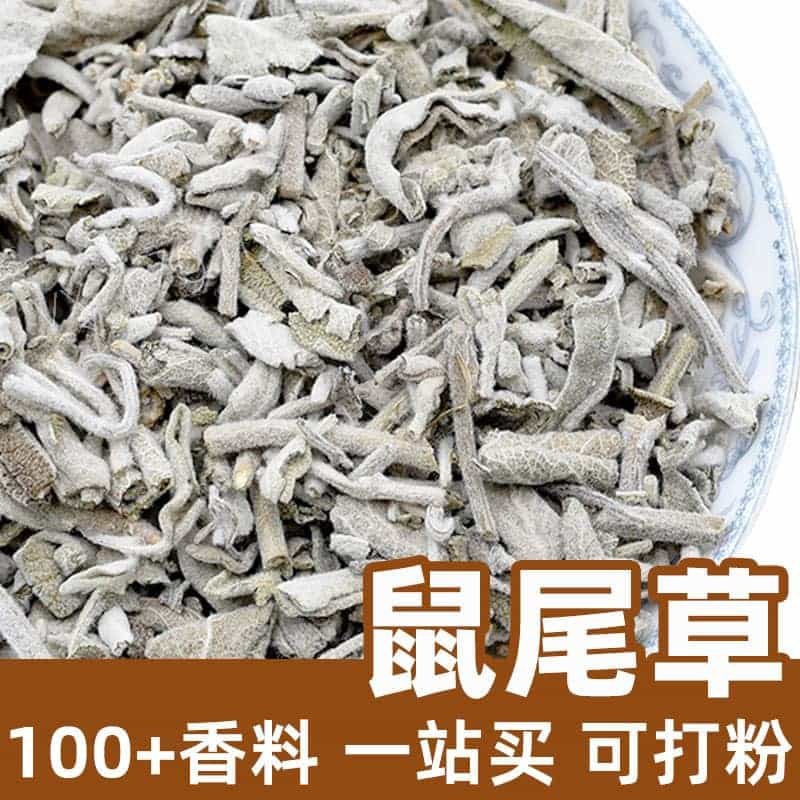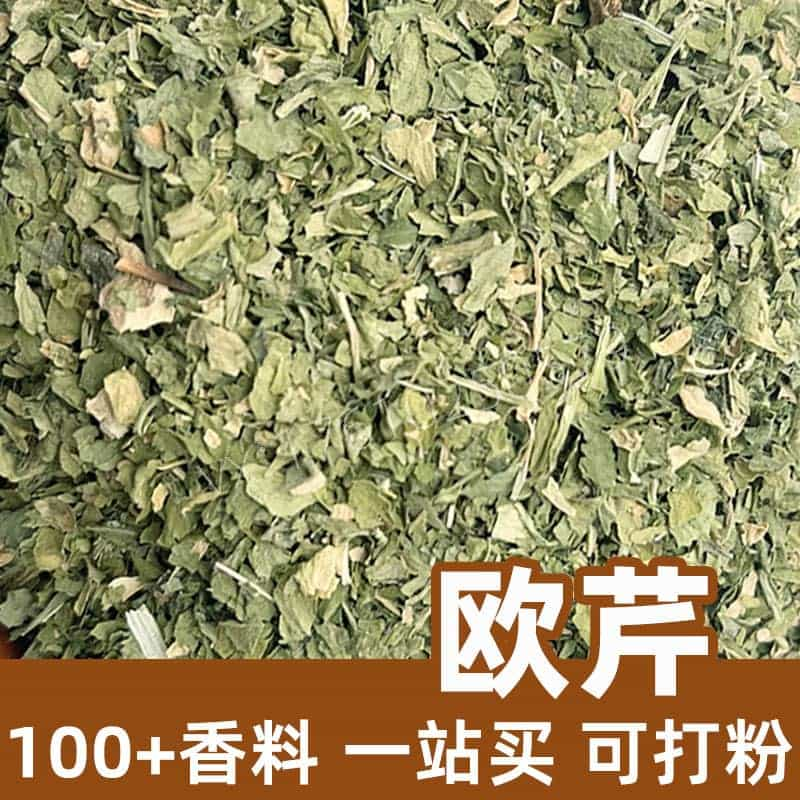Product Description
Sichuan pepper, also known as pepper, chili pepper, or Japanese pepper, is a common spice plant. It is an evergreen shrub or small tree that grows to about 2-5 meters in height. The fruit grows in clusters, is oval in shape, with a diameter of approximately 3-6 mm. The skin is reddish-purple or brown and contains the Sichuan pepper seeds. Known for its distinctive numbing, spicy aroma and flavor, it is widely used in Chinese cuisine and seasonings.
Aromatic Chemical Components
The unique aroma of Sichuan pepper comes from its chemical components, mainly hydroxy-alpha-sanshool and limonin. These components give Sichuan pepper its characteristic numbing, spicy scent and taste.
Hydroxy-alpha-sanshool is a particularly important component in Sichuan pepper, contributing greatly to its numbing sensation. Unlike the heat from regular chili peppers, the sensation from Sichuan pepper is more like a tingling, numbing effect.
In addition to hydroxy-alpha-sanshool and limonin, Sichuan pepper contains other natural active ingredients that add unique flavors and sensory qualities.
What Varieties Are Available?
Sichuan pepper is mainly available as whole fruits and fruit peels. Dried Sichuan pepper and Sichuan pepper powder are the two most common forms on the market. Different forms cater to different culinary and spice needs.
Usage Scenarios and Dosage
Sichuan pepper is widely used in the culinary field. Here are its main applications and methods:
- Culinary Seasoning: Sichuan pepper is a popular seasoning with a unique flavor, used in various dishes to add a distinct numbing, spicy aroma and taste. It’s particularly suited for Sichuan cuisine, hotpot, and barbecues. It can be used whole or ground into powder, depending on personal taste and the needs of the dish.
- Marinating and Pickling: Sichuan pepper is also commonly used in marinating and pickling foods, like marinated chicken or pickled vegetables. Its unique aroma and taste impart a rich flavor and special texture.
When using Sichuan pepper, it’s important to control the amount and method of use to maximize its numbing, spicy aroma and flavor. The amount can be adjusted as needed based on individual preferences and specific dish requirements. Sichuan pepper adds depth and flavor to food, enhancing its aroma and taste.
Plant Source, Distribution, and Growth Environment
The botanical name of Sichuan pepper is *Zanthoxylum bungeanum*, a member of the Rutaceae family. It is widely distributed in China, Japan, and other parts of Asia.
Sichuan pepper thrives in warm, humid environments and is commonly found in mountainous areas, hills, and along streams.
Its fruit and peel are harvested and processed to create the commercial spice.
Harvesting, Processing, and Storage
The fruit and peel of Sichuan pepper are picked when the plant reaches maturity, and then processed. After harvesting, Sichuan pepper is sun-dried and cleaned, making it ready for direct use or storage.
To preserve its freshness and aroma, Sichuan pepper should be stored in a cool, dry place, ideally in a sealed container.
In summary, Sichuan pepper is a widely used spice known for its distinctive numbing, spicy aroma and taste. It’s commonly applied in cooking, seasoning, and marinating, adding unique flavor and texture to dishes and food. Understanding its characteristics, chemical components, and proper use helps to make the most of this spice and enhance the depth and distinct taste of foods.
Monica Sun is a seasoned expert in the natural raw materials industry, with over a decade of experience specializing in traditional Chinese medicinal herbs, spices, and fungi. She is skilled in the sourcing, processing, and application of these materials, emphasizing sustainability and innovation. Monica Sun has contributed to the development of high-quality natural raw materials that serve as essential components in functional foods, pharmaceuticals, and cosmetics, delivering tailored solutions to meet diverse market needs.









.jpg)


.jpg)


